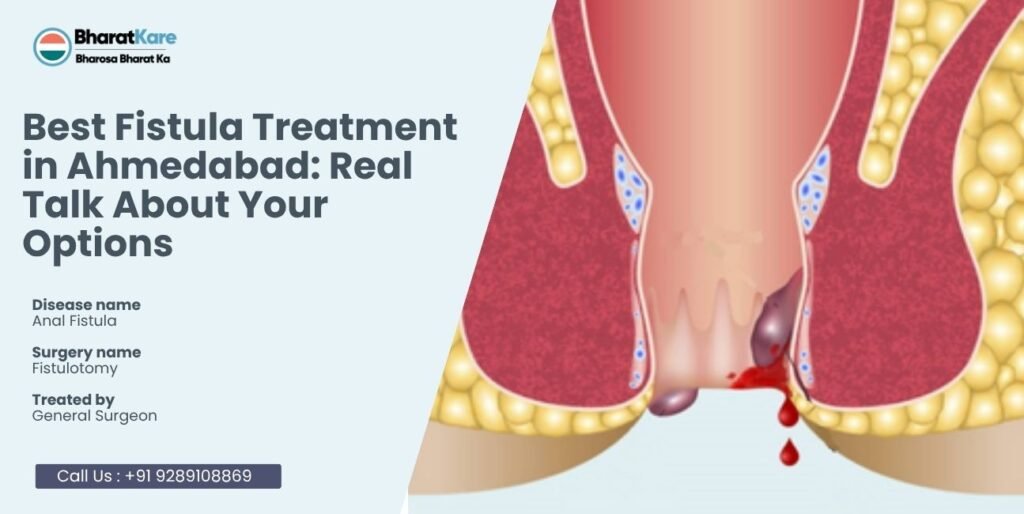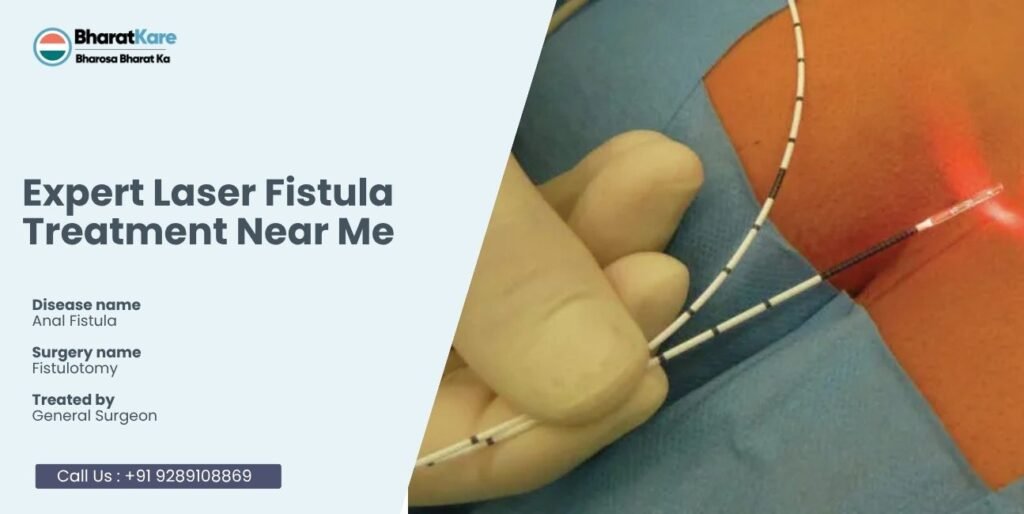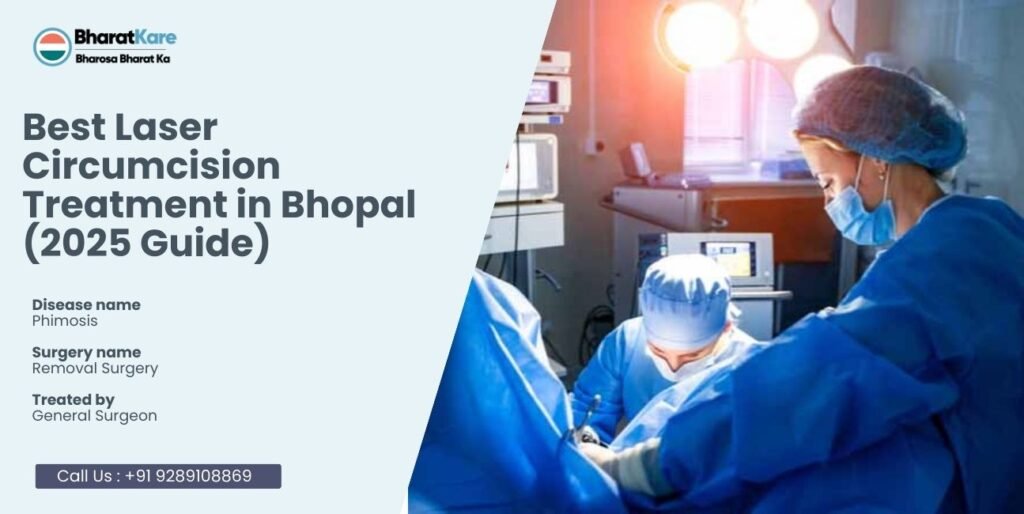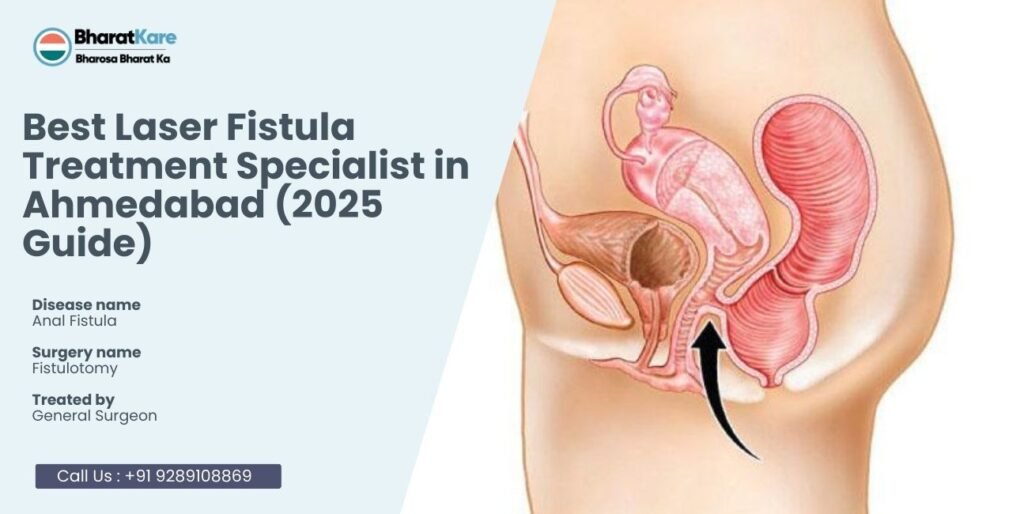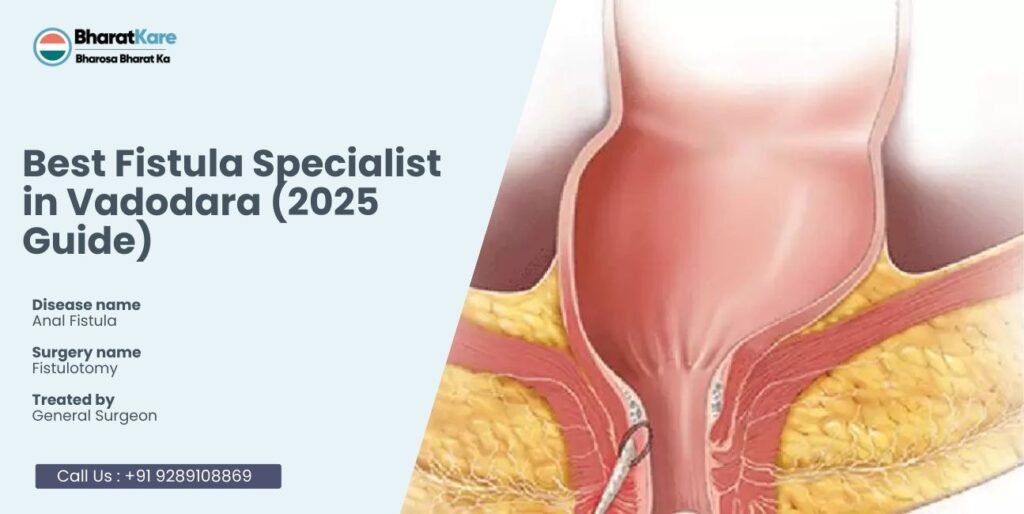Best Fistula Treatment in Ahmedabad: Real Talk About Your Options
Home About us Services Proctology Piles Treatment in India Anal Fissure Treatment Anal Fistula Treatment Pilonidal Sinus Surgery Urology Enlarged Prostate Treatment Kidney Stone Laser Treatment Laser Circumcision Treatment Stapler Circumcision Varicocele Surgery General Surgery Diabetic Foot Ulcer Treatment Laparoscopic Hernia Surgery Lipoma Treatment Gallstone Treatment in India Ophthalmology Cataract Surgery LASIK Eye Surgery Gynecology Hymenoplasty Surgery Hysterectomy Treatment Uterine Fibroids Treatment ENT Eardrum Repair Surgery Functional Endoscopic Sinus Surgery Septoplasty Surgery Tonsillectomy Surgery Plastic and Cosmetic Surgery Breast Augmentation Surgery Breast Lift Surgery Breast Reduction Surgery Gynecomastia Surgery Liposuction Treatment Rhinoplasty Surgery Orthopedics ACL Tear Surgery Hip Replacement Surgery Knee Replacement Surgery Vascular Surgery Deep Vein Thrombosis Treatment Laser Treatment for Varicose Veins Oncology Breast Lump Removal Surgery Blogs English Blog Hindi Blog Contact us X Book Free Appointment Best Fistula Treatment in Ahmedabad: Real Talk About Your Options So you’re dealing with a fistula. Trust me, I get it – this isn’t exactly something you planned for or want to discuss at dinner parties. But here’s the thing: finding the Laser Fistula Hospital in Ahmedabad Near Me makes all the difference between a nightmare experience and actually fixing the problem properly. After years of watching people in our city struggle with this issue, I’ve noticed a disturbing pattern. Too many patients end up with doctors who haven’t updated their methods since medical school. Meanwhile, there are genuinely good specialists offering the best fistula treatment in Ahmedabad using modern techniques that work way better. The frustrating part? Most people don’t realize they have choices when searching for quality care. They visit one doctor, get told “this is how we do it,” and assume that’s their only option. Wrong. When you’re looking for the best fistula treatment in Ahmedabad, you need to know what separates excellent care from mediocre options. Bharatkare runs clinics in several cities, including right here in Ahmedabad. What caught my attention about them is how differently they approach patient care compared to the usual rushed consultations you get elsewhere. The Problem with “Standard” Treatment Here’s what typically happens: You visit a doctor, they take one look, and immediately start talking about traditional surgery. Cut this, remove that, “it’s routine.” But routine for who exactly? I’ve talked to patients who went through conventional fistulotomy and spent weeks in pain, unable to work properly. Some ended up back in surgery when the problem returned. One guy told me he wished he’d known about laser options before going through the whole ordeal twice. Studies show that old-school methods fail in about 10-15% of cases. That’s not terrible odds, but it’s not great either – especially when better options exist. The biggest complaints people share: Doctors who barely listen during consultations Equipment that looks like it belongs in a museum Recovery that drags on forever Zero follow-up once you’ve paid the bill Complications nobody bothered mentioning upfront Some clinics in Ahmedabad still act like laser treatment is experimental. Others advertise “advanced techniques” but their idea of advanced is using slightly newer stitches. The difference in quality across our city is pretty wild. Finding a Doctor Who Actually Knows What They’re Doing Shopping for a fistula specialist shouldn’t feel like buying a used car, but honestly, you need similar skepticism. First thing – check their actual qualifications. MBBS is basic medical training. MS (General Surgery) means they’ve done proper surgical residency. But the really good ones have additional certifications like FACRSI or FALS. Those aren’t easy to get and show they’ve gone beyond minimum requirements. Ask about laser experience specifically. I’ve met surgeons who’ve done thousands of traditional procedures but stumble through laser cases because they never bothered learning properly. Make them give you actual numbers. Equipment matters huge. The newer laser fibers work completely differently than older models. If they can’t tell you what specific equipment they use, that’s already a red flag. Watch how they handle consultations. Good doctors answer questions without getting irritated. They explain risks honestly instead of glossing over them. If someone seems rushed or annoyed by your questions, imagine how they’ll treat you during recovery. Run away if you encounter: Pressure to book surgery immediately Refusal to discuss complications Clinics that look like they haven’t been updated in decades Pricing that keeps changing when you ask questions Staff who can’t answer basic questions about what they actually do Your gut instinct usually knows. If something feels off during the consultation, it probably is. Ahmedabad’s Standout Specialist Dr. Ankur K. Patel is one of those doctors who actually invested time in learning modern techniques instead of coasting on old methods. His background includes the usual MBBS and MS degrees, but he went further with FACRSI and FALS certifications. Those extra qualifications matter because they require serious additional training in advanced surgical techniques. Most doctors don’t bother with that level of specialization. Sixteen years of surgery experience means he’s seen pretty much every variation of fistula cases. But what sets him apart is focusing specifically on laparoscopic and laser procedures rather than being a jack-of-all-trades surgeon. Patients mention his communication style – he actually explains what’s happening instead of using medical jargon to sound impressive. Takes time to make sure you understand options before pushing any particular treatment. His endoscopic training becomes important for complex cases where standard approaches might not work. That combination of skills lets him handle situations that would send other surgeons scrambling. The Bharatkare facility where he practices has proper modern equipment instead of the outdated stuff you see in many Ahmedabad clinics. They’ve actually invested in current laser technology rather than making do with whatever was cheapest. What impressed me most was hearing about his approach to patient education. Too many surgeons treat consultations like quick pit stops before surgery. Dr. Patel apparently sees them as essential parts of the treatment process. Don’t ignore the discomfort—consult a Best Fistula Treatment in Ahmedabad. Book your appointment today! Call Now – 9289108869 What You’ll Actually Pay Nobody likes talking money, but medical bills have
